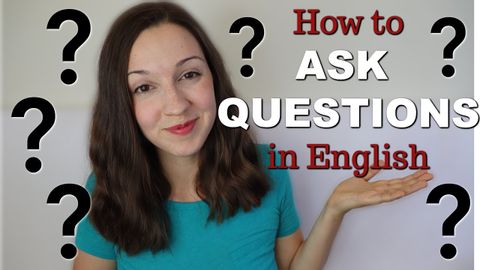英語での質問の仕方。トップ4の質問タイプ (How to Ask Questions in English: Top 4 Question Types)
Courage が 2021 年 01 月 14 日 に投稿  この条件に一致する単語はありません
この条件に一致する単語はありません- n. (c./u.)模範 : 見本;模様 : 柄;様式;規則性;型紙
- v.t.模倣する;模様をつける
US /ˈɡɔrdʒəs/
・
UK /'ɡɔ:dʒəs/
- n. (c./u.)(ある土地に)生まれた人;全国の;(ある言語を)第一言語とする人
- adj.生まれつきの
US /ˈpɑzɪtɪv/
・
UK /ˈpɒzətɪv/
- adj.肯定的な;確実な;電気のプラス極;よい;陽性の;楽観的な;正の;ポジ
- n.ポジ
エネルギーを使用
すべての単語を解除
発音・解説・フィルター機能を解除

